Experience the freedom of clear vision with LASIK at Sandton Eye Clinic.
Advancements in refractive surgery have evolved rapidly, much like technology in cell phones and computers. With high-precision lasers, and advanced software, modern LASIK has dramatically improved. Today, the vast majority of patients achieve independent vision equal to or better than their previous vision with glasses or contact lenses.
Imagine running on the beach or enjoying water sports without the struggle of glasses or contact lenses. LASIK is designed to give you a life of visual freedom.
Conditions LASIK can correct

Myopia (Nearsightedness)
Difficulty seeing distant objects

Hyperopia (Farsightedness)
Difficulty seeing close objects

Astigmatism
Blurry vision due to an irregularly shaped cornea
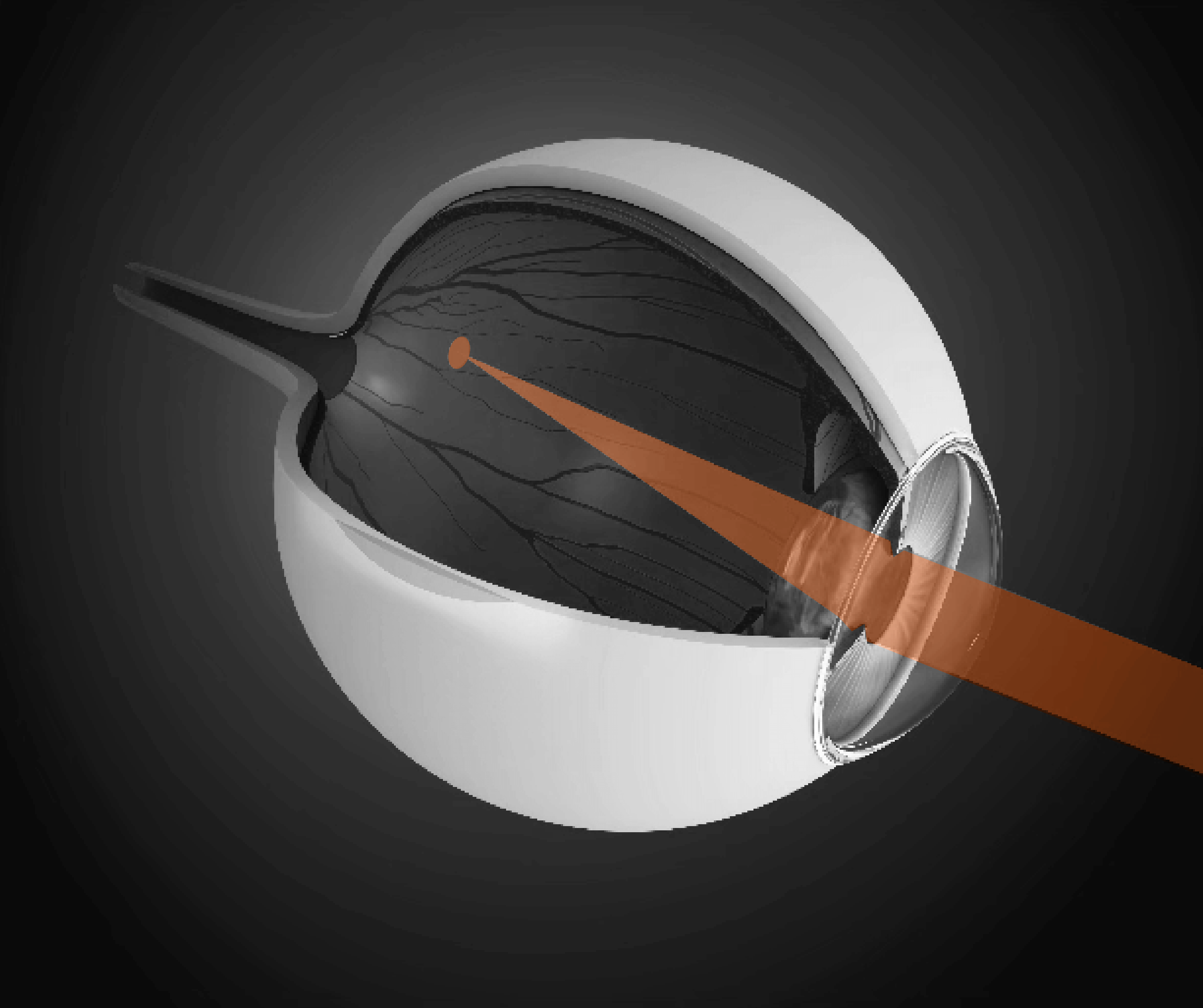
Presbyopia (Age-related vision changes)
Some presbyopic patients may benefit from PresbyLASIK
How LASIK works | Step by step
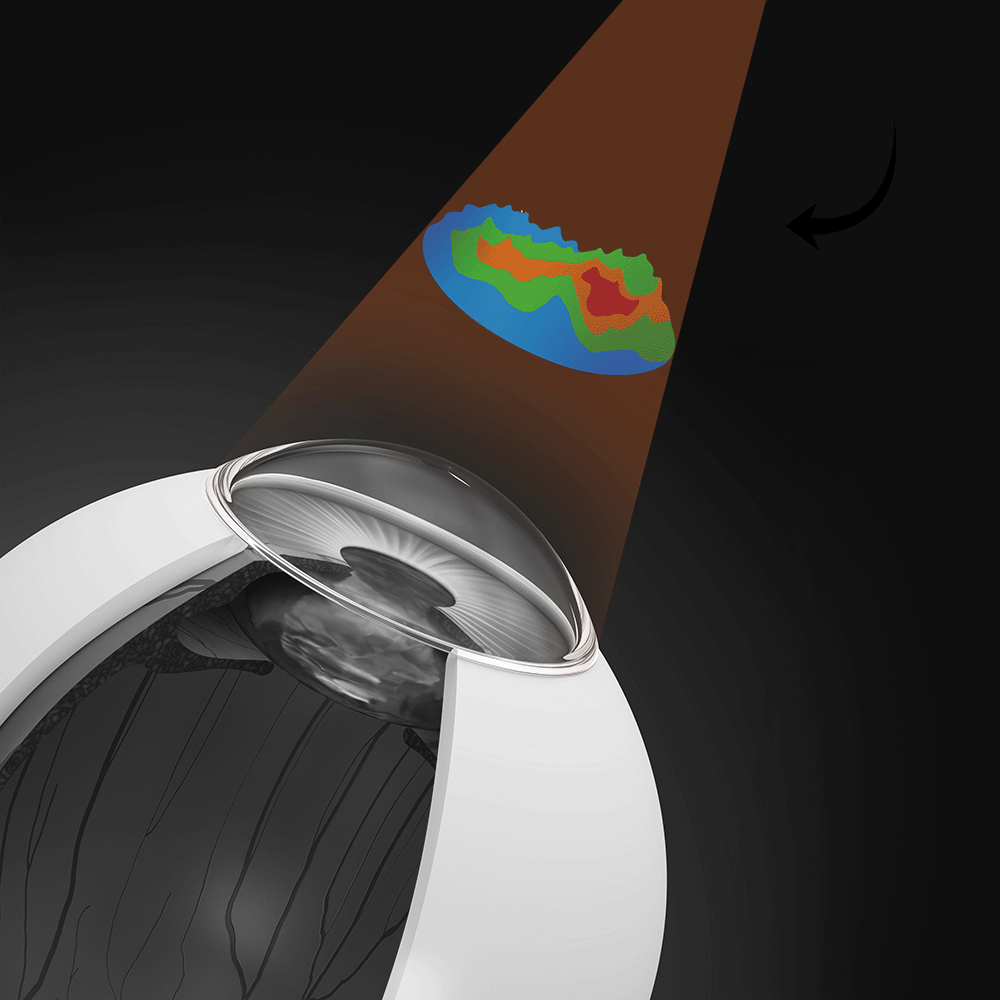
1. Cornea is Measured & Mapped
- Your ophthalmologist will measure corneal thickness and take a detailed scan of its surface.
- These measurements program the computer-controlled laser for precise reshaping.
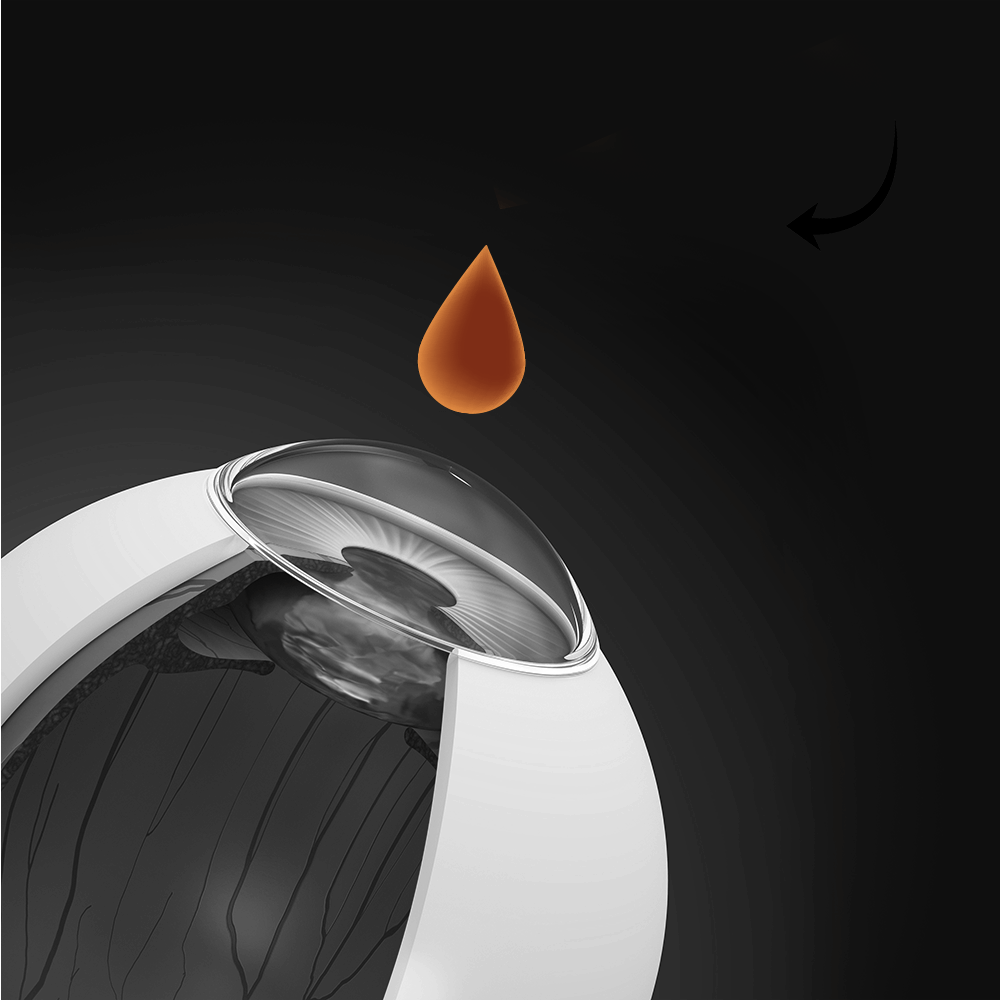
2. Anaesthetic drops
- Anaesthetic drops are applied to numb the eye and prevent discomfort.
- A gentle eyelid holder prevents blinking during the procedure.
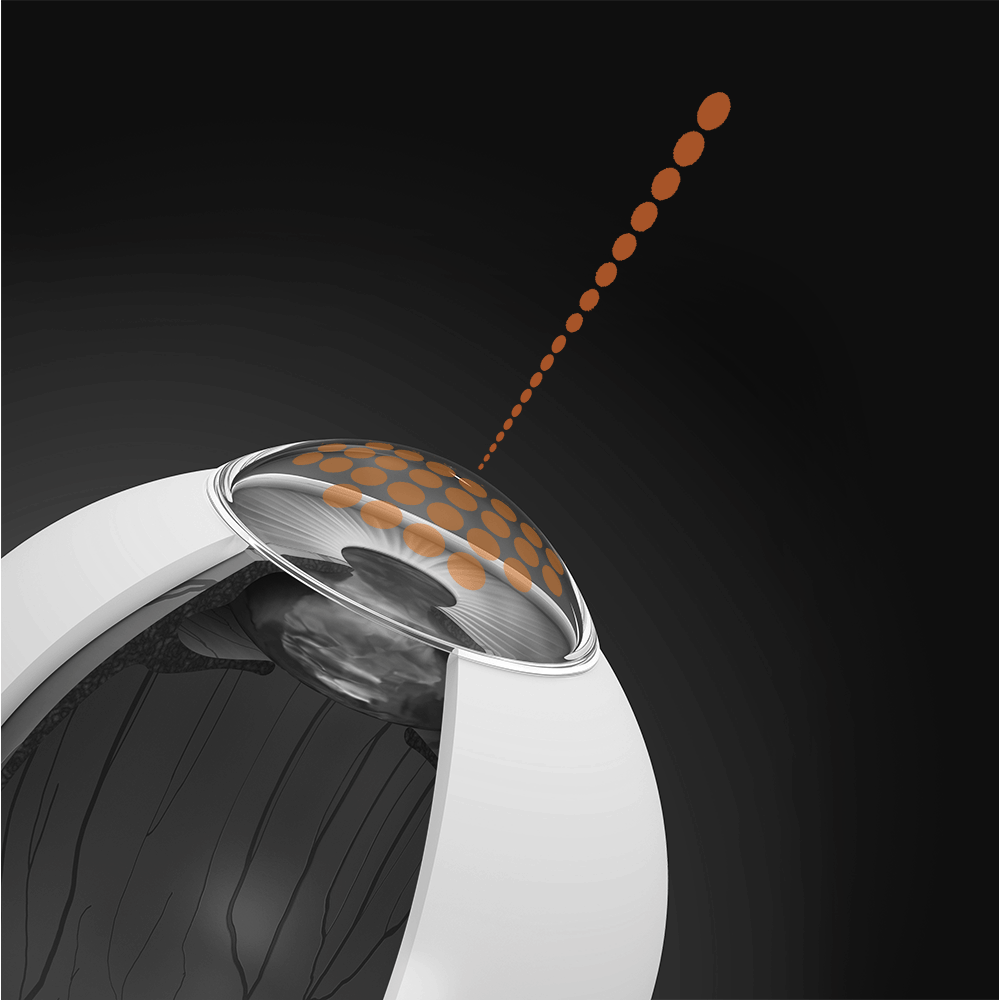
3. Corneal flap is created
- A suction ring is placed on the eye to stabilize movement.
- A femtosecond laser creates millions of microscopic bubbles to gently separate corneal tissue.
- You may feel pressure, similar to a finger pressing on your eyelid, and your vision may go dim or black temporarily.
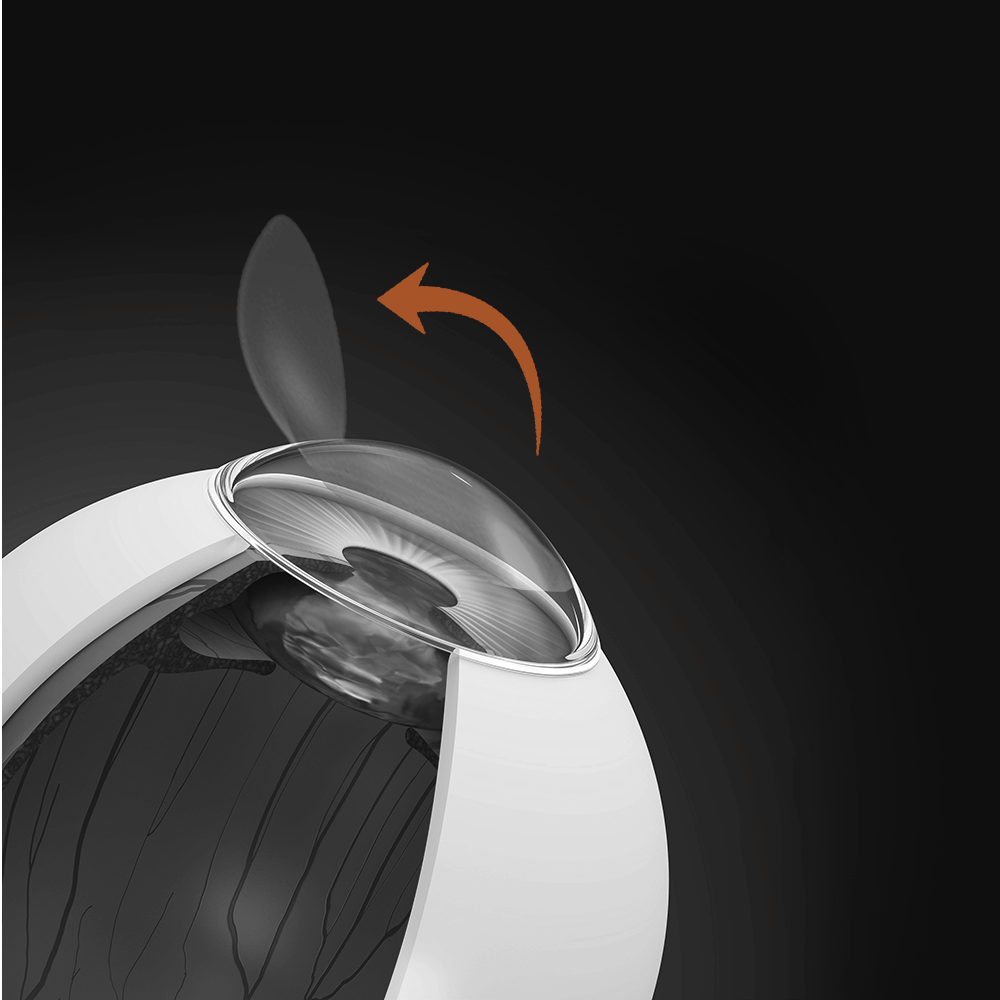
4. Flap is lifted
The laser-created flap is lifted and folded back, like opening a book.
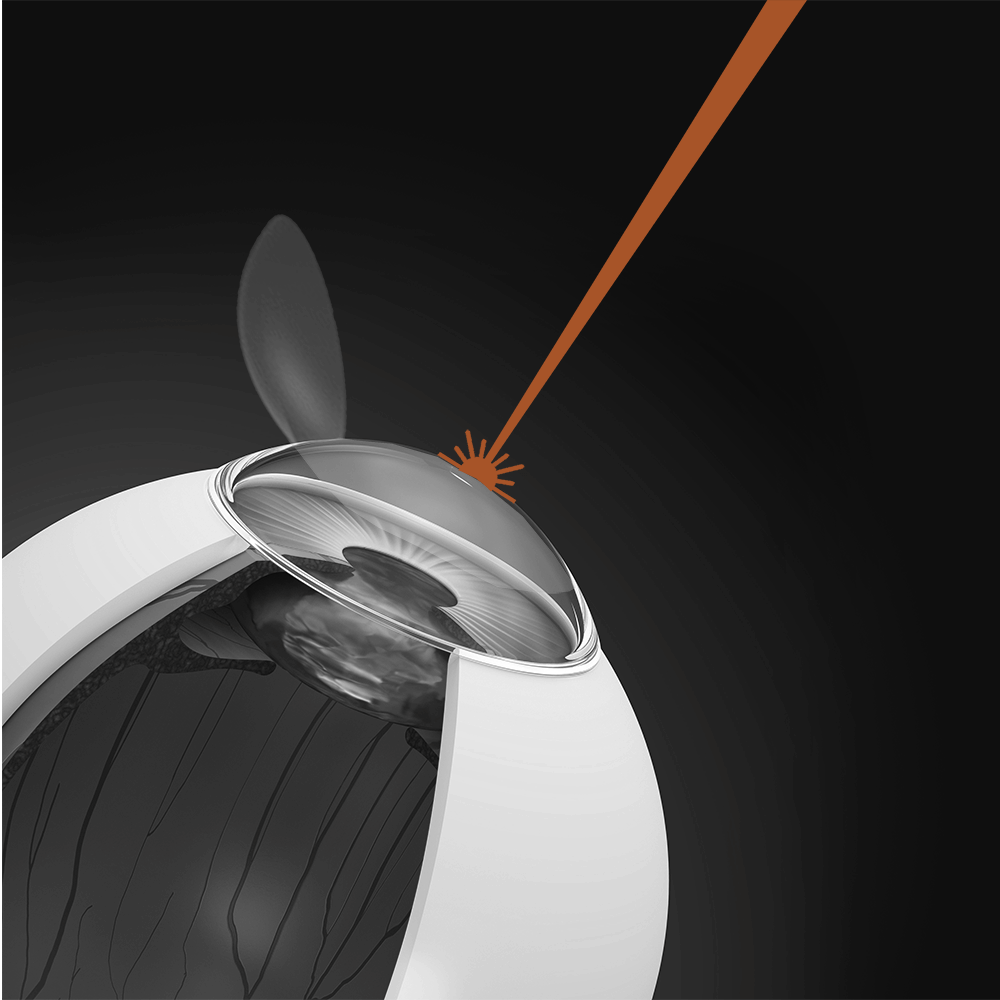
5. Laser Reshapes the Cornea
- You will be asked to focus on a light to keep your eye steady.
- A high-precision excimer laser reshapes the cornea using mathematical algorithms.
- The laser removes microscopic amounts of tissue to correct your vision with extreme accuracy.
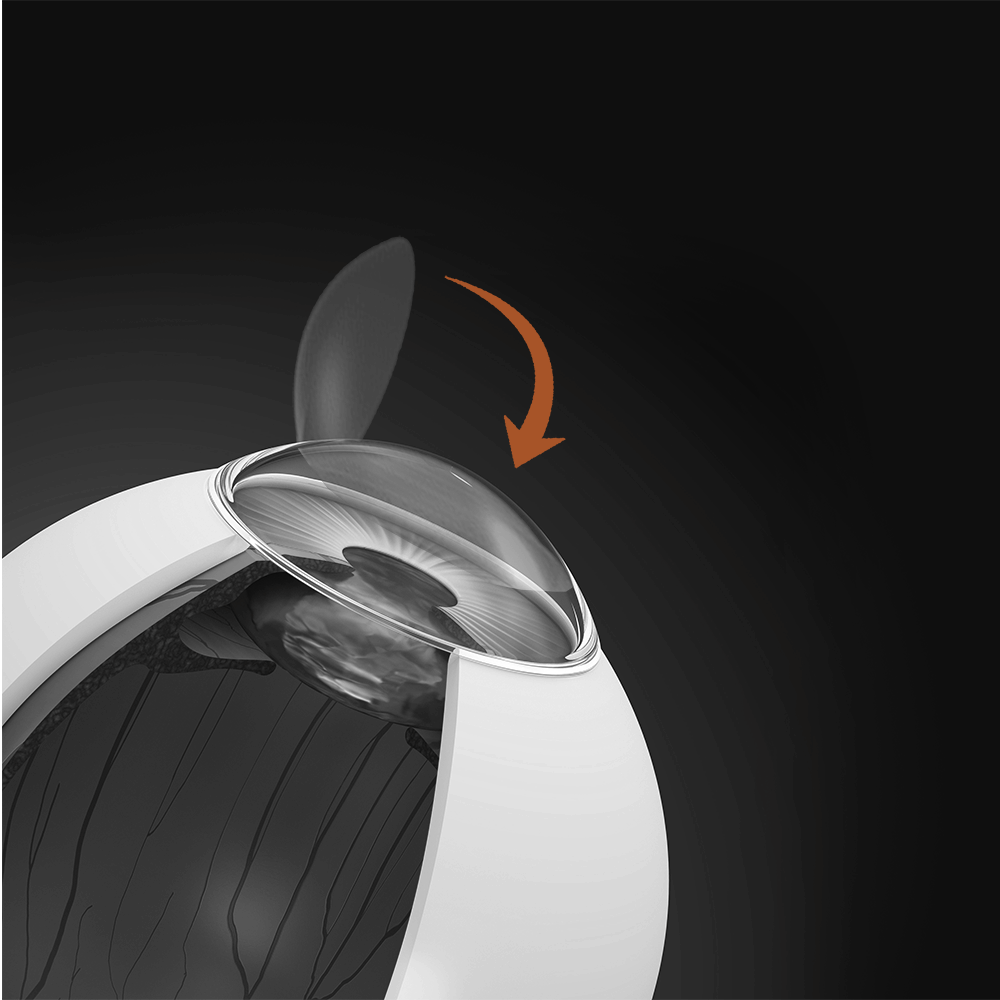
6. Flap is positioned back in place
- The flap is carefully placed back in position, where it naturally reattaches within minutes.
- A transparent protective shield is placed over your eye.
Vision After LASIK
- 90% of patients achieve vision between 20/20 and 20/40 without glasses or contact lenses.
- LASIK does not prevent presbyopia (age-related near vision loss). Around age 40+, reading glasses may still be needed.
- There are surgical options for presbyopia, including PresbyLASIK and Allotex Inlays.
Presbyopia: How PresbyLASIK works
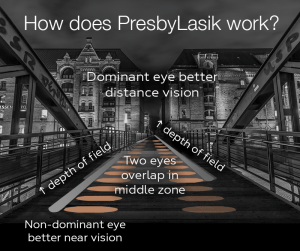
Presbyopia is an unavoidable part of aging and most people over 40 need reading glasses, bifocals, or multifocal lenses for daily tasks like reading or using a smartphone. PresbyLASIK, an advanced form of laser vision correction, has been developed to help reduce dependence on reading glasses by creating a blended vision effect.
How PresbyLASIK Works
PresbyLASIK, also known as blended laser vision correction, reshapes the cornea (the eye’s clear front layer) to correct refractive errors while extending the depth of focus. Unlike traditional monovision, which assigns one eye for near vision and the other for distance, PresbyLASIK creates a seamless transition across all distances.
To maximize the benefits of this extended focus, each eye is treated with a slightly different focal point—one optimized for near vision and the other for distance. However, there is a large overlap between the two eyes in the intermediate range, allowing for continuous, natural vision without abrupt focal shifts.
Why Choose PresbyLASIK Over Traditional Options?
✔ Seamless vision – Provides a smooth, continuous depth of focus rather than fixed focal points
✔ Minimally invasive – Unlike lens exchange surgery, no incisions are made inside the eye
✔ High success rate – Between 95-98% of patients can read normal newsprint, and 80-96% can read fine print, such as medicine bottle inserts, without glasses
Who is a candidate for LASIK?
To qualify for LASIK, you should:
- Be 18 to about 55 years
- Have healthy corneas with sufficient thickness
- Be free from severe dry eye or corneal disease
You may not be a candidate if you have:
- An unstable prescription or Keratoconus
- Extreme myopia, hyperopia, or astigmatism
- Severe dry eye syndrome
- Corneas that are too thin
- Advanced glaucoma
- A history of eye infections
- Poorly controlled diabetes
- Are pregnant or nursing
Not sure if LASIK is right for you? Take our free online self-test or book a consultation.
What if I am not a LASIK candidate?
If LASIK isn’t right for you, there are alternative refractive procedures available:
Your ophthalmologist will recommend the best option based on your eye health and vision goals.
Cost & payment options
What’s Included?
- Pre-surgery assessment & scans
- LASIK procedure
- Complimentary follow-ups for 6 weeks
- Post-op care and guidance
- Financing Options Available
Why Choose Sandton Eye Clinic for LASIK?
- Expert Refractive Surgeons: Internationally qualified and experienced refractive surgeons dedicated to patient care.
- State-of-the-Art Laser Technology: For maximum precision and safety.
- Comprehensive Screening: Thorough pre-operative assessment to ensure the best outcomes
- High Patient Satisfaction: Thousands of successful procedures and life-changing results.
LASIK FAQs
Everything you need to know about LASIK and laser vision correction.
LASIK & LONGEVITY
How long does LASIK last? Will my eyesight deteriorate again later in life?
LASIK is a permanent procedure that reshapes the cornea to correct vision. It does not wear off over time, and most patients enjoy long-term clear vision.
However, as part of the natural aging process, vision changes may still occur:
- Around age 45, presbyopia (difficulty seeing up close) develops, affecting everyone, whether they had LASIK or not. If reading glasses become necessary, PresbyLASIK can help restore near vision.
- By age 60-65, many people develop cataracts, affecting vision clarity. At this stage, cataract surgery with premium multifocal lenses can restore both near and distance vision.
I had LASIK years ago. Can I get the procedure again?
Yes, LASIK or PRK enhancement can often be performed if your vision has changed, provided your cornea is thick enough.
For patients over 40, near vision changes are usually due to presbyopia, meaning PresbyLASIK or blended vision treatments may be a better solution than repeating LASIK.
What are the best vision correction options for different age groups?
- Ages 18 to 40 – LASIK, PRK or implantable contact lenses for nearsightedness, farsightedness, and astigmatism.
- Ages 40 to 55 - PresbyLASIK, Allotex Allograft Inlay or implantable contact lenses to reduce dependence on reading glasses.
- Ages 55+ - Cataract surgery or custom lens replacement with multifocal intraocular lenses (IOLs) for long-term spectacle independence.
SAFETY & RISKS
How do you choose a LASIK surgeon?
Selecting the right LASIK surgeon is one of the most important steps in your vision correction journey. Just as luxury watchmaking requires a combination of precision, expertise, and craftsmanship, LASIK surgery demands skill, experience, and meticulous attention to detail.
A true refractive surgeon does more than perform a procedure—they enhance lives by helping patients achieve clear, unaided vision. Their expertise is not a luxury but a necessity.
Key Factors to Consider When Choosing a LASIK Surgeon:
- Experience & Training – Look for a surgeon with specialized training in refractive surgery and extensive experience performing thousands of LASIK procedures.
- Technology & Techniques – Ensure they use advanced laser systems for precision and safety.
- Success Record – Ask about their visual outcome statistics and patient satisfaction rates.
- Patient Reviews & Testimonials – Read about real patient experiences to gain insight into their care and results.
- Personalized Approach – A great surgeon takes the time to evaluate your unique vision needs and discuss the best options for you.
Read more about Dr. Lourens Coetzee here.
Speak to a vision correction consultant: 011 784 7000 Does LASIK hurt?
No, most patients agree that LASIK is a pain-free procedure. Numbing eye drops ensure comfort. You will also receive a mild sedating tablet to calm your nerves.
✔ Mild pressure may be felt during corneal flap creation.
✔ You will be asked to focus on a light while the laser reshapes the cornea.
✔ After surgery, your eyes may be light-sensitive and feel scratchy for 6-8 hours.
Is LASIK safe? What’s the risk of complications?
Yes, LASIK is one of the safest and most studied procedures worldwide.
✔ Over 20 million procedures performed globally.
✔ 99% success rate with significantly improved vision.
✔ Less than 0.3% risk of serious complications.
✔ Lower risk than long-term contact lens wear, which increases the chance of infections.
If needed, Sandton Eye Clinic offers free enhancements within the first year.
Does LASIK cause dry eyes?
Temporary dry eyes are common after LASIK due to temporary nerve sensitivity changes.
✔ Dryness peaks at 6-7 weeks but is managed with lubricating eye drops.
✔ Most patients experience full recovery within 3 months.
✔ Long-term, LASIK patients often experience less dry eye discomfort than contact lens users.
Is LASIK as safe as contact lenses?
First and foremost, it’s important to acknowledge that glasses remain the safest option for vision correction, as they do not involve any medical procedure. However, if you are already a contact lens wearer, it means you prefer the convenience of unaided vision, making this comparison relevant to you.
How Does LASIK Compare to Contact Lenses?
A large-scale study tracking 1,800 patients over three years compared the effects of LASIK vs. long-term contact lens use. The results showed:
- Better Night Vision – Patients who had LASIK reported fewer night vision symptoms such as glare and halos while driving at night compared to contact lens users.
- Less Dry Eye Discomfort – While temporary dryness can occur after LASIK, long-term contact lens users had a higher prevalence of chronic dry eye symptoms.
- Lower Risk of Infection – The risk of a sight-threatening corneal infection is 10 times higher in long-term contact lens users compared to LASIK patients.
- Higher Satisfaction Rates – 99% of patients who underwent LASIK agreed that it worked better for them than contact lenses in terms of convenience, comfort, and vision quality.
While both options carry risks, LASIK is a one-time, controlled procedure with a very low complication rate, whereas contact lenses require daily maintenance and increase the risk of long-term infections. If you’re considering a lifestyle without glasses, LASIK may be the safer and more convenient long-term choice.
PROCEDURE & CANDIDACY
What vision problems can LASIK correct?
- Myopia (Nearsightedness) – Blurred distance vision.
- Hyperopia (Farsightedness) – Blurred near vision.
- Astigmatism – Distorted vision at all distances.
- Presbyopia – Age-related near vision loss (treated with PresbyLASIK).
Can I have LASIK on one eye?
In most cases, both eyes require correction and are treated during the same session to ensure balanced vision and faster recovery.
However, there are specific situations where single-eye LASIK may be the best or only option:
Perfect Vision in One Eye – If one eye has no refractive error, there’s no need for treatment.
Different Eye Conditions – If the other eye has a condition that LASIK cannot correct, such as advanced retinal disease, previous trauma, or if it is non-seeing (blind).
Presbyopia Correction Only – If your distance vision is normal and you’re only seeking near vision improvement, it’s sometimes beneficial to perform LASIK on just the non-dominant eye to reduce dependence on reading glasses (a technique called monovision or blended vision).
Staged Treatments – In rare cases, your surgeon may recommend treating one eye first to observe healing or visual adaptation before proceeding with the second eye.
📌 Your ophthalmologist will guide this decision based on your lifestyle, prescription, and long-term vision goals. Each eye is unique—and so is your treatment plan.
What if I am not a candidate for LASIK?
Alternative options for 18- 40 years of age include:
Alternative options for 40- 55 years of age include:
Alternative options for 55 and older include:
Is LASIK reversed during pregnancy?
Pregnancy does not cause permanent changes to your cornea, and it does not reverse LASIK. Hormones during pregnancy causes temporary changes in the cornea which may influence your vision whether you had LASIK or not.
A few months after delivering your baby your vision should return to normal. You can have LASIK before you get pregnant and a few months after pregnancy and breastfeeding but not during pregnancy.
Can I have LASIK if I have an eye disease?
Keratoconus:
- Not recommended
Alt treatments:
Corneal cross-linking, CAIRS, Corneal transplant, specialty lenses
Corneal scarring:
- Not ideal
Alt treatments:
PTK laser treatment, corneal transplant
Glaucoma:
- If well controlled
Alt treatments:
LASIK will not restore vision lost from glaucoma
Cataracts:
- Not recommended
Alt treatments:
Cataract surgery with multifocal lenses
Retinal disease:
- Possibly
Alt treatments:
LASIK won’t improve vision lost due to retinal disease
Autoimmune diseases (Lupus, Rheumatoid Arthritis, etc.) :
- May be higher risk
Alt treatments:
Case-by-case assessment
Diabetes:
- If well controlled
Alt treatments:
Diabetic patients need additional screening
History of Herpes Eye Disease:
- If no symptoms for 1+ years
Alt treatments:
Antiviral medication may be needed before surgery
Note: If you have a previous serious eye injury, consult our specialists for a personalized evaluation.
Will I be awake during LASIK?
Yes, but your eyes will be numbed, and you won’t feel pain. A mild sedative can be provided to help you relax.
What laser technology does Sandton Eye Clinic use?
At Sandton Eye Clinic, we use the latest advanced laser technology to ensure precision, safety, and optimal visual outcomes. Our LASIK procedure involves two state-of-the-art lasers:
✔ Femtosecond Laser – Ziemer Z6: Used to create a precise, ultra-thin corneal flap with minimal disruption to surrounding tissue, enhancing safety and recovery.
✔ Excimer Laser – Schwind Amaris 1050: A 7D eye-tracking laser system that reshapes the cornea.
- Extreme precision for highly customized vision correction.
- Fast laser pulse rates, ensuring a smooth, comfortable treatment.
- 7D tracking system that compensates for even the smallest eye movements, minimizing the risk of over- or under-correction.
When Is the best time to get LASIK?
The best time to get LASIK is now! The sooner you undergo laser vision correction, the more years you’ll have to enjoy clear, hassle-free vision. Additionally, younger eyes tend to heal and stabilize faster, leading to a smoother recovery and optimal long-term results.
Ideal Ages for LASIK:
- 18+ years – This is the earliest age you can qualify for LASIK, provided your prescription is stable. Having LASIK at a younger age means maximizing the number of years you’ll benefit from clear vision.
- Around 45 years – As presbyopia (age-related near vision loss) sets in, PresbyLASIK becomes a great option, restoring both near and distance vision and reducing dependence on reading glasses until cataracts develop later in life.
When to consider LASIK?
If you are content with wearing glasses LASIK may not be for you. Many patients reach a tipping point when they realize glasses or contact lenses no longer suit their lifestyle.
Some common reasons people finally decide to get LASIK include:
✔ Losing or breaking their glasses—again!
✔ Frustration with contact lens discomfort or infections.
✔ Preparing for an adventure holiday and wanting visual freedom.
Whether you’re tired of glasses, frustrated with contacts, or simply ready for a change, LASIK can transform your vision and enhance your daily life.
POST-PROCEDURE & RECOVERY
How long does recovery take?
- First 24 hours: Expect watery, scratchy sensations—rest your eyes.
- Next day: Most patients can return to work and normal activities.
- 1 week: Vision stabilizes further.
- 6 weeks- 3 months: Full healing occurs.
- Avoid swimming and high-impact activities for 4 weeks.
When can I wear makeup again?
- Face makeup: After 24 hours.
- Eye makeup (mascara, eyeliner, eyeshadow): Wait 2 weeks to avoid infections.
Can I fly after LASIK?
Yes, but use lubricating eye drops to prevent dryness on flights.
LOGISTICS & APPOINTMENTS
Do I need a driver after my consultation?
Yes, as your eyes will be dilated, causing temporary blurry vision and light sensitivity.
Can I have LASIK on the same day as my consultation?
No, as procedure planning requires additional scans and tests before scheduling surgery.
Do I need follow-up appointments?
Yes! Follow-ups are essential to:
✔ Ensure proper healing.
✔ Detect and treat side effects early.
✔ Adjust treatment if needed.
COST & FINANCING
Will my medical aid cover LASIK?
Most medical aids do not cover LASIK, as it’s considered an elective procedure.
Some plans may cover pre-surgery tests from your day-to-day benefits.
Do you offer payment plans for LASIK?
Yes! We offer financing through MediWallet:
✔ Get pre-approved – Send your ID & 3 months’ bank statements.
✔ First 3 months interest-free.
✔ Flexible repayment terms.
📌 Visit www.mediwallet.co.za for details.
Let Us Help You Take the Next Step
We’re here to guide you toward clearer vision and a life free from glasses.
Take the first step toward clear vision – Schedule your consultation now!









